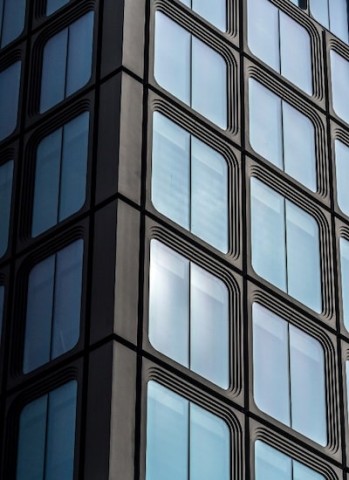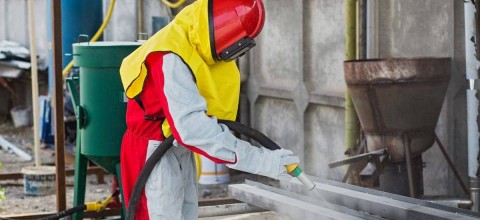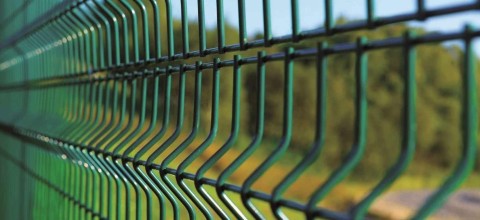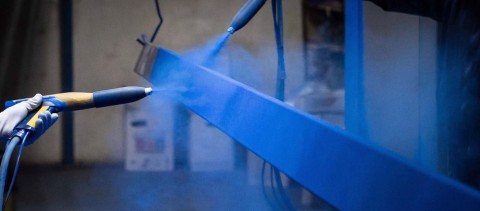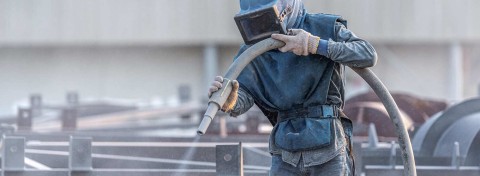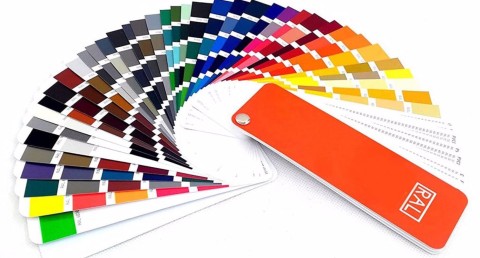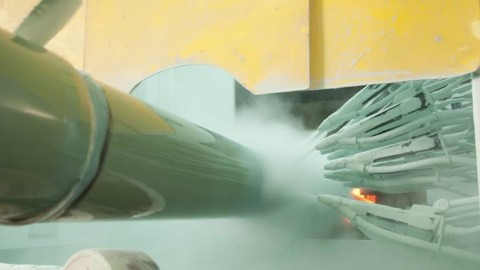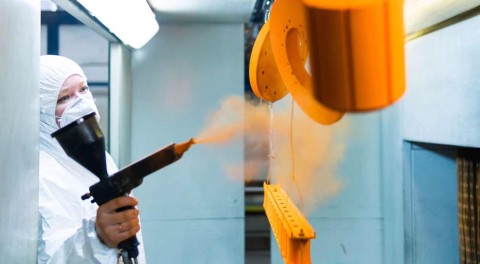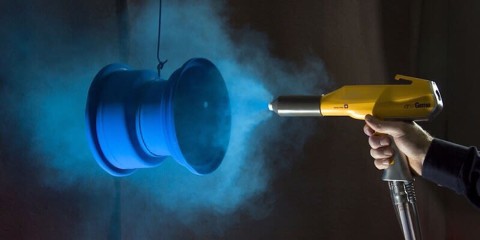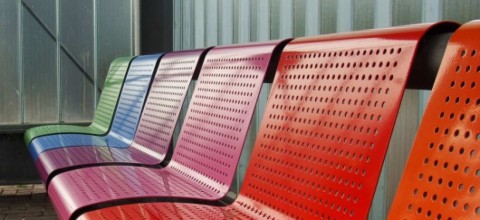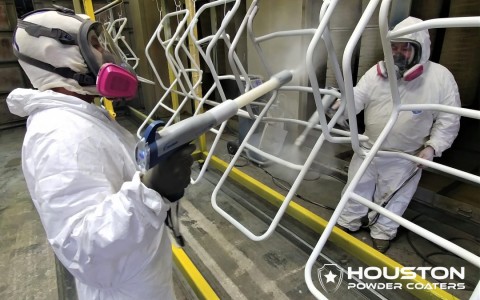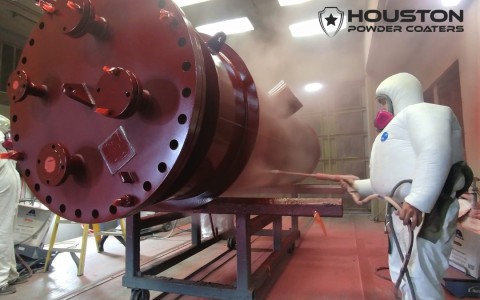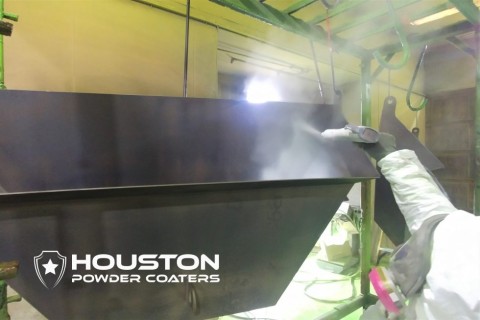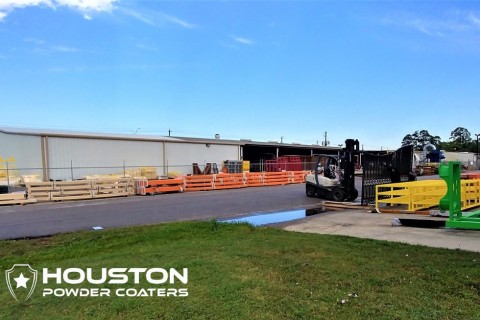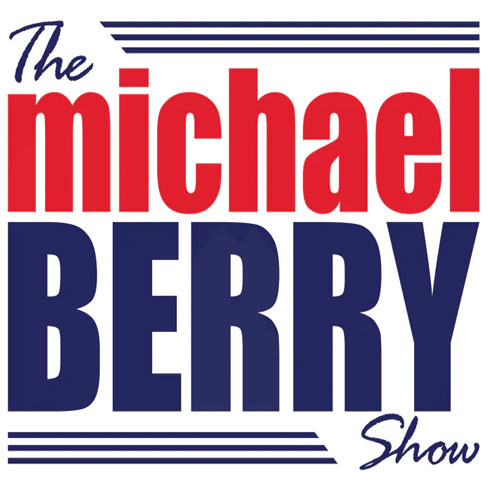Architectural powder coating in Houston covers surfaces from railings, metal facades, window and door frames, vents, soffit and fascia, fences, and more. In a climate like Houston’s, having the ultimate protection against the environment with powder coating saves money on costly renovations due to corrosion or peeling paint. High-rises are relatively new to powder coating, with one of the first high rises to use powder coating being built in New York City in 2020. The 51-story Hudson Yards structure took over twenty thousand pounds of PPG’s Coraflon powder coating to the metal elements for the exterior of the building. The company responsible for the massive undertaking used FEVE, or fluoroethylene vinyl ether, which unlike other architectural powder coatings can be applied at ambient temperature rather than requiring high temperatures to cure. FEVE provides excellent color retention, which for a high-rise is important, as well as high-degradation resistance to air pollution and environmental effects.
Architects and contractors have been using powder coating shops in Houston for decades for their structure needs because the protection and durability is unmatched when compared to liquid coatings. Stair and balcony rails, decorative metal facades, vents, etc. all can be powder coated for optimum protection of surfaces. Powder coating surfaces for large buildings and commercial buildings is optimal, as the longevity and durability of the coatings makes it a cost-effective option. For high-rises specifically, keeping the exterior looking new for as long as possible is desirable because of the impracticality of frequent touch-ups and repairs.


